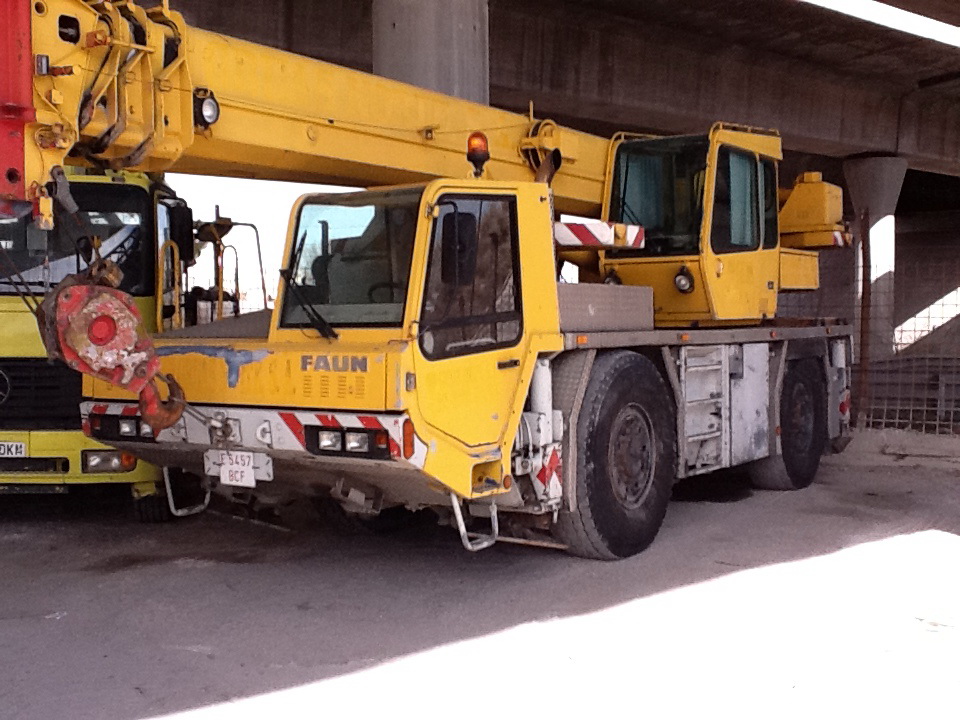In layperson’s terms, a crane vehicle is a truck with crane devices attached to a mobile system. The crane is hydraulically powered for the objective of lifting and also decreasing heavy items. The crane vehicle operation calls for a trained, experienced driver who is experienced in the safety procedures required to prevent major mishaps and avoid significant injuries.
The crane vehicle has become an extremely important tool in many markets. In the building and construction market, it would be hard to envision constructing a skyscraper without the advantage of such devices. The crane on a crane vehicle runs in 3 primary ways:
- It can run as a balance crane with a straight beam of light that rotates about a pivot to raise lots.
- It can run as a jib crane with a pulley system that winds wires to allow the training or decreasing motion.
- It can run as a hydraulic crane with a hydraulic system including oil stress that moves a piston that consequently lifts the wires.
The crane vehicle consists of the basic truck part with a connected section that comprises the crane and its procedure. Since it is the crane itself that is so unique, adhering to are the standard components and also summaries of the crane portion of a crane vehicle:
Boom
The crane boom is the simplest attribute to recognize and the most important part of a Crane Truck Hire Rates. This is the crane’s arm that lifts and decreases heavy products. Per the above, it can operate three different means, which defines the specifics of the crane boom for every type of operation.
Operator’s Taxi (Crane Cabin).
The operator’s taxi is attached to the top of the deck, precisely on top of the equipment allowing the cabin to turn. Inside the taxi are the operator’s chair, electrical tools, and the crane’s control panel. From the chair, a driver regulates the crane by using joysticks that control the left-to-right and forward-to-aft motion of the boom; and foot pedals that control the gear pump pressure as the telescoping action of the boom.
Removable Weights
Removable counterweights are placed on the crane’s back, and assistance is to stop the crane from being out of balance during the lifting procedure. There is a particular formula to assist in establishing how much weight is needed based on the boom radius, lots weight, and operational boom angle.
Outriggers
The Outrigger offers the stability and equilibrium necessary to run the crane by giving equilibrium to stop the crane from leaning or reversing. An outrigger has three parts: the beam or leg, the pad or foot and, in some cases, the float. The beam extends out to the foot, which hinges on the ground. The optional float is put under the foot to develop a base larger than the pad to help spread the tons’ pressure, especially when located on concrete or pavement.
To ensure that is a short recap of the parts of a Crane Truck for Hire. It is fantastic how much can be completed from the easy bar and fulcrum systems that were based upon some standard regulations of physics going back to the ancient Greeks. Contemporary city high-rises would certainly only exist with the job performed by cranes and crane vehicles. Their important function and convenience from different models offer the lowly ‘associate crane’ the capability to attain absolutely impressive achievements!


